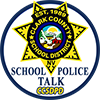#1 Draped Bust Half Cent Buyer Las Vegas & Henderson
History of Draped Bust Half Cents
U.S. half cents were first made in 1793 and last produced in 1857. Half cents were authorized by the Mint Act of April 2, 1792, were first produced in 1793, but were not popular with the public. In 1800, the half cent was altered again, and a new design made by Robert Scot was used, which would be known as the Draped Bust Half Cent.
Draped Bust half cents are among the earliest of U.S. coin issues and are usually much less expensive than silver and gold coins of corresponding quality, dating from 1800 to 1808. Draped Bust half cents were minted from 1800 to 1808.
In 1796, new types of large cents, half dimes, dimes, quarters, and half dollars were introduced with similar Draped Bust obverse (front) designs. On the obverse of Draped Bust is a youthful Liberty facing right with her long hair sitting nicely at her back and tied with a ribbon. It is often said that the image was modeled after Anne Willing Bingham, a very well-known ‘society lady’, who is the wife of the influential Philadelphia statesman William Bingham. The shoulders and neckline are loosely draped with rippled cloth. The word LIBERTY is spelled in capital letters above her head, with the date beneath the image placed in a curved fashion.
The reverse comes in two different types, the 1800 style, and the style of 1803. The 1800 reverse style feature the same design as with the Liberty Cap half cents. The denomination, spelled as HALF CENT appears inside a small laurel wreath, with UNITED STATES OF AMERICA encircling it and is placed near the edges. The “1/200″ with a horizontal fraction bar dividing the numbers is placed beneath it which is the value of the half cent. This reverse design goes on until 1802.
The second type is the style of 1803 which features a wreath and the lettering are larger compared to the first type. The ends of the wreath also point more upwards than on the previous type. The word HALF CENT is inside of the wreath and the UNITED STATES OF AMERICA surrounds it. And the fraction “1/200” is still place beneath it. This style was used on the majority of 1802-dated half cents and used until 1808.
What is a Draped Bust Half Cent
The Draped Bust design first appeared on the large cent in 1796, but was only extended to the half cent from 1800-1808. Draped Bust Half Cent coins is another variation of half cent. Draped Bust half cents is also one of the earliest U.S. coins to be minted by the U.S. mint in Philadelphia.
Draped Bust half cent replaced the previous design, Liberty Cap half cent. It features the image of Liberty wearing a drapery at the neckline and her flowing hair tied with a ribbon at her back. This is the design that you can see on the obverse. You can also see the word LIBERTY on top of the image and the date it was struck beneath the image.
The reverse has two types of designs. The laurel branches which is the same reverse design of Liberty Cap half cents which was struck in 1800 until 1802. Then the wreath with larger letters that was struck in 1803 until 1808. Both designs have the word HALF CENT at the center, the UNITED STATES OF AMERICA on top and was placed in a curved fashion, and the denomination 1/200 below which is the value of the half cent.
The obverse (front) was designed by Gilbert Stuart and Robert Scot, while the reverse (back) was designed by Scot-John Gardner. And all these designs were engraved by Robert Scot.
Composition and Specifications of Draped Bust Half Cent
The Draped Bust Half Cent was struck on a number of different planchets, coming from various sources. During December of 1800 until 1803, the Mint was unable to acquire copper planchets at a fairly steady rate, or from a single source. No new half cent planchets would arrive until 1803. The coinage of 1802 was stuck on planchets from cut-down large cents.
Officially, these were to weigh 84 grains (5.44 grams) and were struck from pure copper. But because of the varied sources of planchets during the time that this type was struck, half cents come from a variety of different weights. A disparity of at least 10% is commonly encountered, especially among the 1800 and 1802 dates. Draped Bust Half Cents had adopted more standard weight later on. The coins have a diameter of 23.5 mm, though some has still a few differences, and all of the coins have a plain edge.
How We Grade Draped Bust Half Cents
These are the different grades of Draped Bust Half Cents:
- Uncirculated: These are the coins that never made it out onto the open market. The normally have a “new-minted coin” look or same as how it looked like when it was first minted 200 years ago.
- Extremely Fine: These coins look the same as uncirculated but it has few minor scratches and chips. These imperfections are noticeable but nothing so large that it will detract from the appearance of the coin.
- Fine: These coins were likely been circulated for over a long period of time. They have scratches and chips but the letters and numbers on the surface image can still be seen by the naked eye.
- Good: These are the coins that have been heavily circulated and damaged. The letters and numbers worn away due to deep scratching and smoothing.
We prefer coins that have been graded and certified as authentic by Professional Coin Grading Service (PCGS) or Numismatic Guaranty Corporation (NGC), though we will still give a fair deal for these coins.
Price Quote for Draped Bust Half Cents
We have different estimated prices for the 1800-1802 Draped Bust half cent coins, and 1803-1808 Draped Bust half cent coins.
For the 1800 to 1802 Draped Bust half cents, the price range for Good graded coins can reach up to $70; for the Fine graded coins, it can reach up to $150; while for the Extremely Fine graded coins, it can reach up to $300; and for the Uncirculated graded coins, it can reach up to $1,000.
For the 1803 to 1808 Draped Bust half cents, the price range for Good graded coins can reach up to $75; for the Fine graded coins, the prices can reach up to $125; while the prices for Extremely Fine graded coins can range up to $220; and the Uncirculated graded coins reaches up to $1,300.
Uncirculated coins price higher than the other grades because of it has never been used or circulated and it looks brand new with no imperfections.
Variations by Year
There are different variations of Draped Bust half cent coins throughout its years, and these are the estimate prices we will pay for your graded coins by year:
- An 1800 Draped Bust half cent coin with a PCGS- or NGC-graded VF-35 can cost up to $500
- An 1802/0 Draped Bust half cent coin that is NGC-graded AG-03 grade can reach up to $381.88
- For 1803 Draped Bust half cent coin that is a PCGS- or NGC-graded VF-20 to VF-30 1803 could reach up to $500
- The 1804-‘Crosslet 4’ Draped Bust half cent with stems that is a PCGS-graded EF-40 can cost up to $300
- While the 1804- ‘Plain 4′ Draped Bust half cent coin without stems that is a a PCGS-graded EF-40 can reach up to $400
- The 1805 Draped Bust half cent with a non-large numeral ‘5,’ without stems on the reverse and with a VF-35 to EF-40 grade from PCGS or NGC can cost up to $500
- The 1805 Draped Bust half cent with stems and the so called ‘Large 5’ with a certified VF-30 to EF-40 grade can reach up to $550
- The 1806 Draped Bust half cent with a ‘Small 6’ coin and stems that has a grade of Good-06 to VG-10 grade coin, costs up to $500
- And the 1806 Draped Bust half cent with a ‘Large 6’ that is certified EF-40 or EF-45 grade can reach up to $500
- The 1807-1808 Draped Bust half cent coins with a PCGS- or NGC-graded EF-40 can also cost up to $500
As you can see, we buy Draped Bust half cents of 1800 to 1808. We will buy your coins no matter the grade and the condition. So, if you have Draped Bust half cent coins, send us a message and let’s negotiate a good deal for your coins.
















